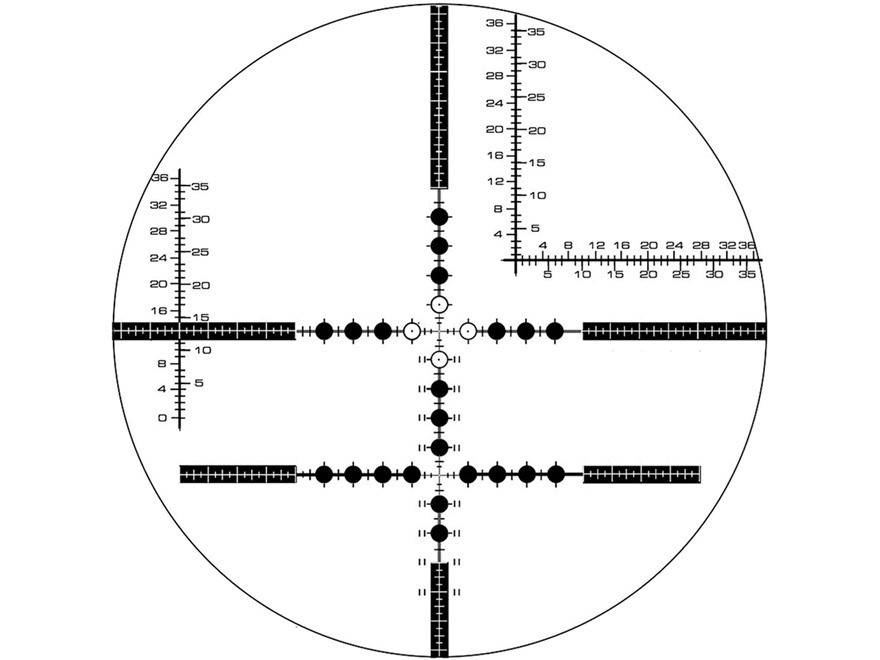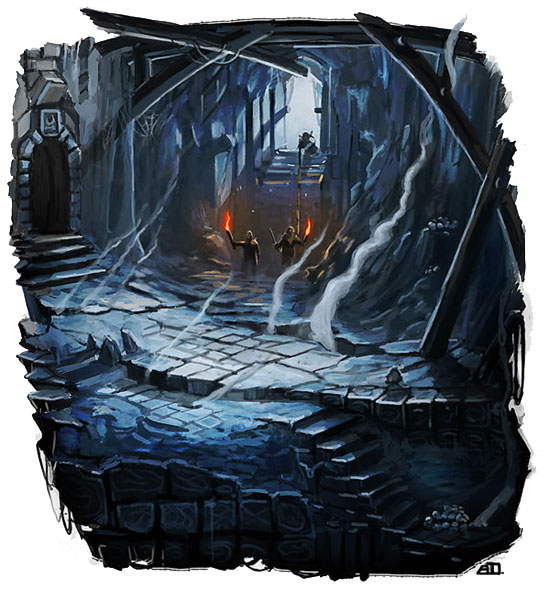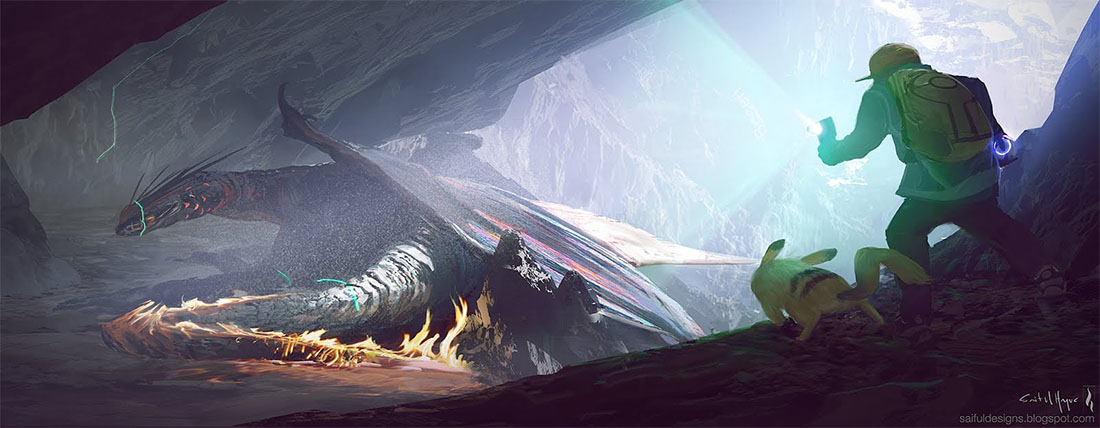Where did the concept of “Session Zero” come from?
There’s two parts to this:
- The concept of a “pre-session” where you hash out character creation, etc.
- The specific term “Session 0” for this.
Let’s start with the latter. One way you can track terms like this is to search online RPG forums by date to see when they first crop up.
On RPGNet, one of the very first posts to use the term unambiguously in the desired sense was written in July 2003. Cam, the author, is clearly not anticipating widespread understanding of the term there, as he spends a paragraph explaining what he’s talking about.
Here’s an even earlier 2003 post.
Intriguingly, however, the term is not used again on RPGNet until 2007, and then not again until 2012. It is being used over at the Forge, however, in 2005 and 2006.
What’s the conceptual history of this pre-session, though? And I would say we’re specifically looking at the idea of an entire session dedicated strictly to character/campaign creation with no actual game play. (Character creation has obviously existed as part of the game since before D&D was written.)
I know that the earliest example that I, personally, saw in a published RPG for a full session dedicated to campaign set up was Burning Empires in 2006, where half of the first session was explicitly group world building and the other half was explicitly group character creation.
Earlier than that, similar concepts existed in the Amber Diceless Roleplaying Game PBeM community in the ’90s: The system’s group auction mechanic for character creation required players to create their characters together and, due to the immense influence this would usually have on the setting, it typically meant the auction session would also involve development of the milieu.
Related to this is the concept of the group contract, where the group explicitly discusses and lays out mutual expectations. This became heavily popularized in the rec.arts.sf.advocacy Usenet group in the mid-’90s, but those discussions originated from Aaron Allston’s Strike Force, which was an incredibly innovative and insightful product from 1988… that made virtually no impact and was almost completely forgotten except for a few enthusiasts who eventually convinced people it needed to be looked at. The concept made the leap back into a published game with Nobilis in 1999. This concept is picked up by the Forge designers from both sources, and by 2002 you can see it expanding to include Session 0-type tasks in games like Universalis. This is the design thread that eventually gives you a full session dedicated to such tasks in Burning Empires in 2006.
Bottom Line: Given what my research is turning up, I don’t think we’re going to find a specific ground zero for the “Session 0” terminology. It seems to have evolved in a fairly organic fashion as a natural way of describing “the session before the first session” or “the stuff that happens before the first session”. Oddly, I think it actually became heavily popularized in the PBeM community first, although that may only be an artefact of PBeM games leaving clearer documentation by default.
The concept of “spend a whole session building the group/campaign together” also seems to have gradually evolved over time. My guess is that people started experiencing this as games began including more explicit and elaborate structures for group and character creation: You’d spend a few hours working through those processes and then be out of time for the night and say, “Okay, we’ll start actually playing next week!”
If you’re looking for a place where a game designer explicitly said that you were supposed to spend a full session on these activities, I’d currently nominate Burning Empires. (Although even here we can see the gradual conceptual evolution, because Burning Empires is really just an expansion of the procedures previously found in Burning Wheel.)
















